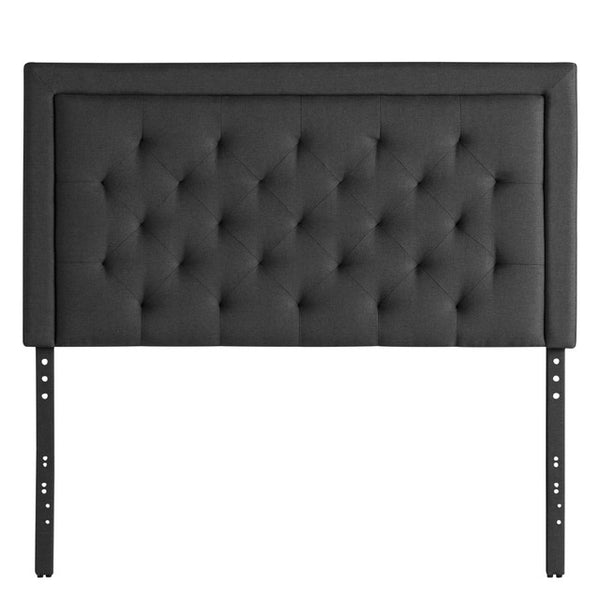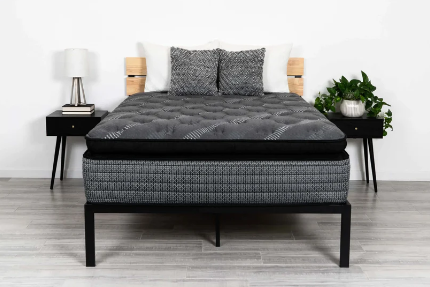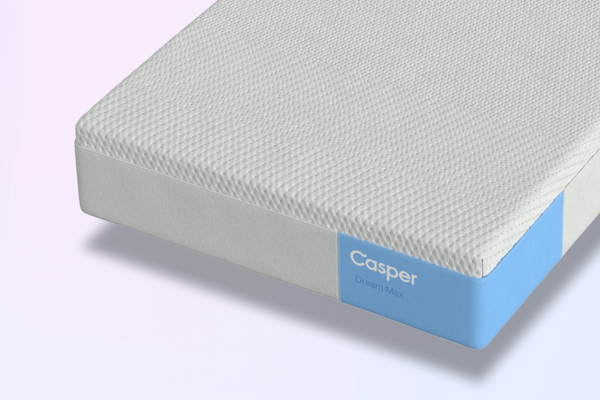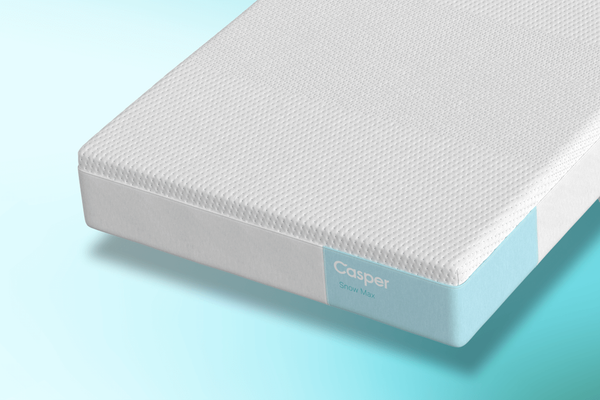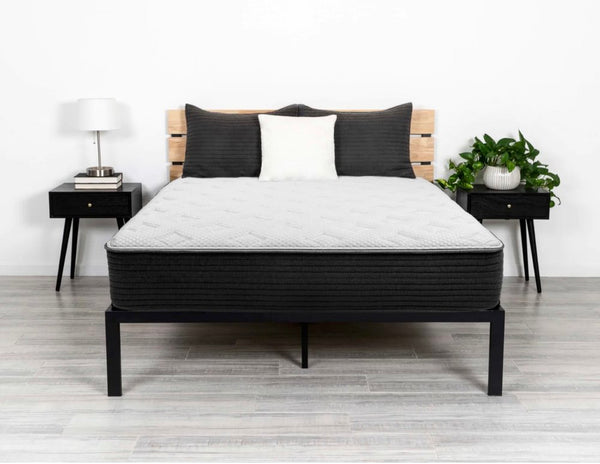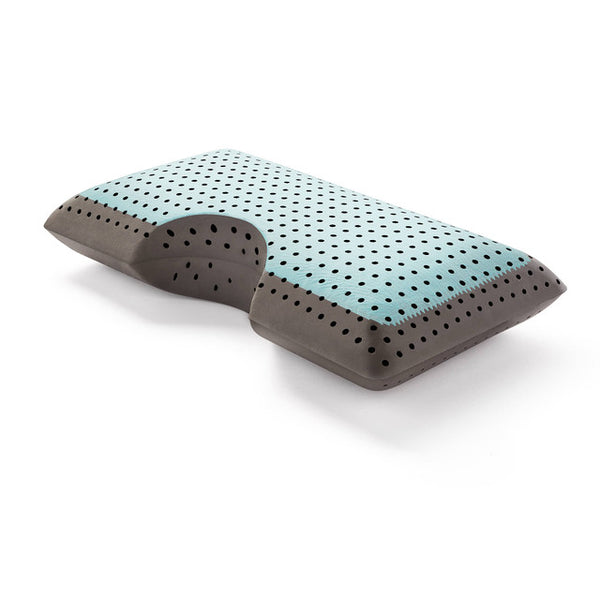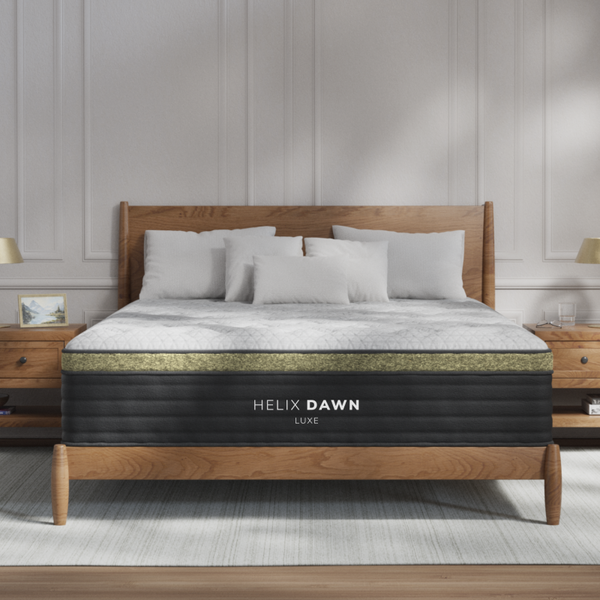
Overview
Understanding proper mattress support is essential for good sleep quality, spinal alignment, and overall health. There are various types of mattresses, including innerspring, memory foam, latex, and hybrid options, each offering different levels of support. Factors like sleeping position, body type, and personal preferences help determine the right mattress for you. Poor mattress support can lead to pain, impaired sleep, and long-term health risks. To enhance support, consider using a sturdy foundation, adding a mattress topper, and rotating your mattress regularly. Prioritizing mattress support can lead to better sleep and improved well-being.
Frequently Asked Questions
1. Why is proper mattress support important for sleep?
2. What are the types of mattress support systems available?
3. How can I determine the right level of mattress support for my needs?
4. What are the consequences of poor mattress support?
5. How can I enhance the support of my current mattress?
When it comes to achieving a restful night's sleep, the importance of proper mattress support cannot be overstated. As we spend nearly a third of our lives sleeping, ensuring that we are supported correctly during those hours is essential for our overall health and well-being. In this article, we will explore the significance of mattress support, the types of support systems available, and tips on how to find the perfect balance for your sleeping needs.
Understanding Mattress Support
Mattress support refers to how well a mattress conforms to the body's shape while providing the necessary firmness to maintain proper spinal alignment. Achieving the right mattress support is critical, as it influences your sleep quality, comfort level, and even your physical health in the long run.
Why Mattress Support Matters
Proper mattress support impacts several factors linked to a good night’s sleep, including:
- Spinal Alignment: A good mattress promotes proper alignment of the spine, reducing the risk of back pain and discomfort.
- Pressure Relief: The right support helps distribute body weight evenly, minimizing pressure points, particularly in areas like the shoulders, hips, and lower back.
- Sleep Quality: With enhanced support, individuals experience deeper and more restful sleep cycles, leading to better overall health.
- Reduction of Sleep Disorders: A supportive mattress can help alleviate issues like insomnia and restless leg syndrome.
Types of Mattress Support Systems
Several mattress types provide varying degrees of support. Understanding these types will help in making an informed decision when purchasing a mattress.
Innerspring Mattresses
Traditionally, innerspring mattresses consist of a coil system to provide support. The number, type, and arrangement of coils greatly influence the mattress's responsiveness and firmness. Higher coil counts generally indicate a more supportive surface.
Memory Foam Mattresses
Memory foam mattresses are known for their ability to conform to the body’s shape, offering pressure relief and support. They work by responding to heat and pressure, making them popular among those who prefer a more contouring sensation.
Latex Mattresses
Latex mattresses can come from natural or synthetic sources. They provide a unique combination of bounce and support, ensuring that the body is adequately supported while allowing for movement between sleep positions.
Hybrid Mattresses
Hybrid mattresses combine different materials, typically blending innerspring coils with foam layers. This design offers the benefits of both systems, allowing for enhanced support, pressure relief, and a balance of comfort and breathability.
Determining the Right Level of Support
Choosing the right level of mattress support is not a one-size-fits-all solution. Individual needs will vary based on several factors:
Your Sleeping Position
Your preferred sleeping position plays a significant role in determining the best mattress support for you:
- Back Sleepers: Typically benefit from medium-firm mattresses that support the natural curve of the spine.
- Side Sleepers: Often require softer mattresses that cushion the shoulders and hips, promoting proper alignment.
- Stomach Sleepers: Generally need firmer support to prevent the spine from sinking, which could lead to discomfort.
Your Body Type
Body weight and shape can influence how much support you require. Heavier individuals may need a firmer mattress to prevent sagging, while lighter individuals may find softer options more comfortable.
Personal Preferences
Individual comfort preferences must also be considered. Some may prefer the hugging feel of memory foam, while others may enjoy the bounce of innerspring mattresses. It’s crucial to test various mattress types to find what feels best for you.
The Impact of Poor Mattress Support
Investing in a poor-quality mattress or one that lacks proper support can have various negative consequences:
Pain and Discomfort
Using a mattress with inadequate support can lead to chronic pain, particularly in the back, neck, and joints. As sleep is restorative, discomfort can disrupt sleep cycles, leading to fatigue and irritability during the day.
Impaired Sleep Quality
A poorly supported mattress can negatively affect sleep quality. Tossing and turning due to discomfort prevents restful sleep and can lead to a decline in mental and physical health.
Long-term Health Risks
Chronic pain and sleep deprivation can lead to various health issues, including obesity, heart disease, and diminished cognitive function. Over time, the risks associated with inadequate sleep and discomfort can accumulate, affecting quality of life.
Enhancing Mattress Support
Improving mattress support doesn't always mean replacing your current mattress. Here are several methods to enhance your existing sleeping arrangement:
Use a Supportive Foundation
A sturdy foundation, whether it's a box spring, platform bed, or adjustable base, plays an integral role in providing mattress support. A well-structured foundation can extend the lifespan of your mattress and improve its overall comfort.
Add a Mattress Topper
If your mattress feels too soft or lacks support, consider using a mattress topper. While it won't replace the need for a supportive mattress, it can provide additional cushioning and help adjust the comfort level.
Rotate Your Mattress Regularly
Rotating your mattress regularly can prevent uneven wear and tear, helping to maintain its supportive qualities. Most manufacturers recommend rotating every three to six months, depending on the type of mattress.
Recognizing the Signs of a Poor Mattress
Being aware of the signs of a poor mattress can help you make informed decisions about your sleep setup. Look for these indicators:
- Visible Sagging: If your mattress shows signs of sagging or indentation, it may no longer provide the necessary support.
- Enhancing Allergies: An old mattress can harbor dust mites, allergens, and bacteria, leading to worsening allergies or health issues.
- Persistent Pain: Regularly waking up with aches and pains is a good indicator that your mattress isn’t meeting your support needs.
Your Sleep Journey Begins with the Right Support
In conclusion, investing in proper mattress support is crucial for your physical and mental well-being. Whether you are shopping for a new mattress or looking to enhance your current setup, understanding the importance of support can guide your decisions. Prioritize your sleep quality, and remember that finding the right mattress will lead to more restorative nights, improved health, and overall happiness. Always listen to your body—it knows what it needs to ensure a good night's sleep. And who knows, perhaps your next restful night is just a supportive mattress away at The Sleep Loft!

